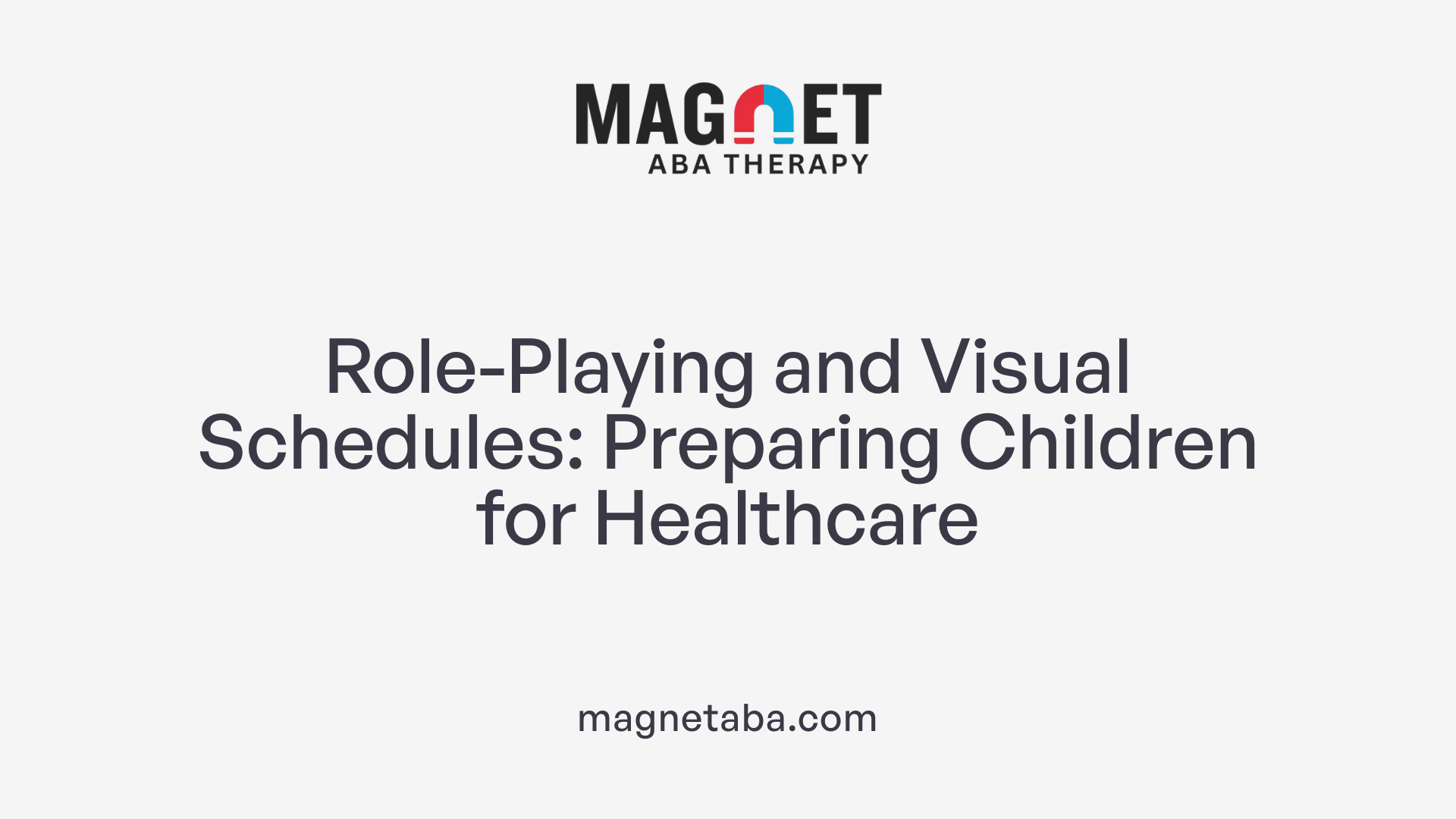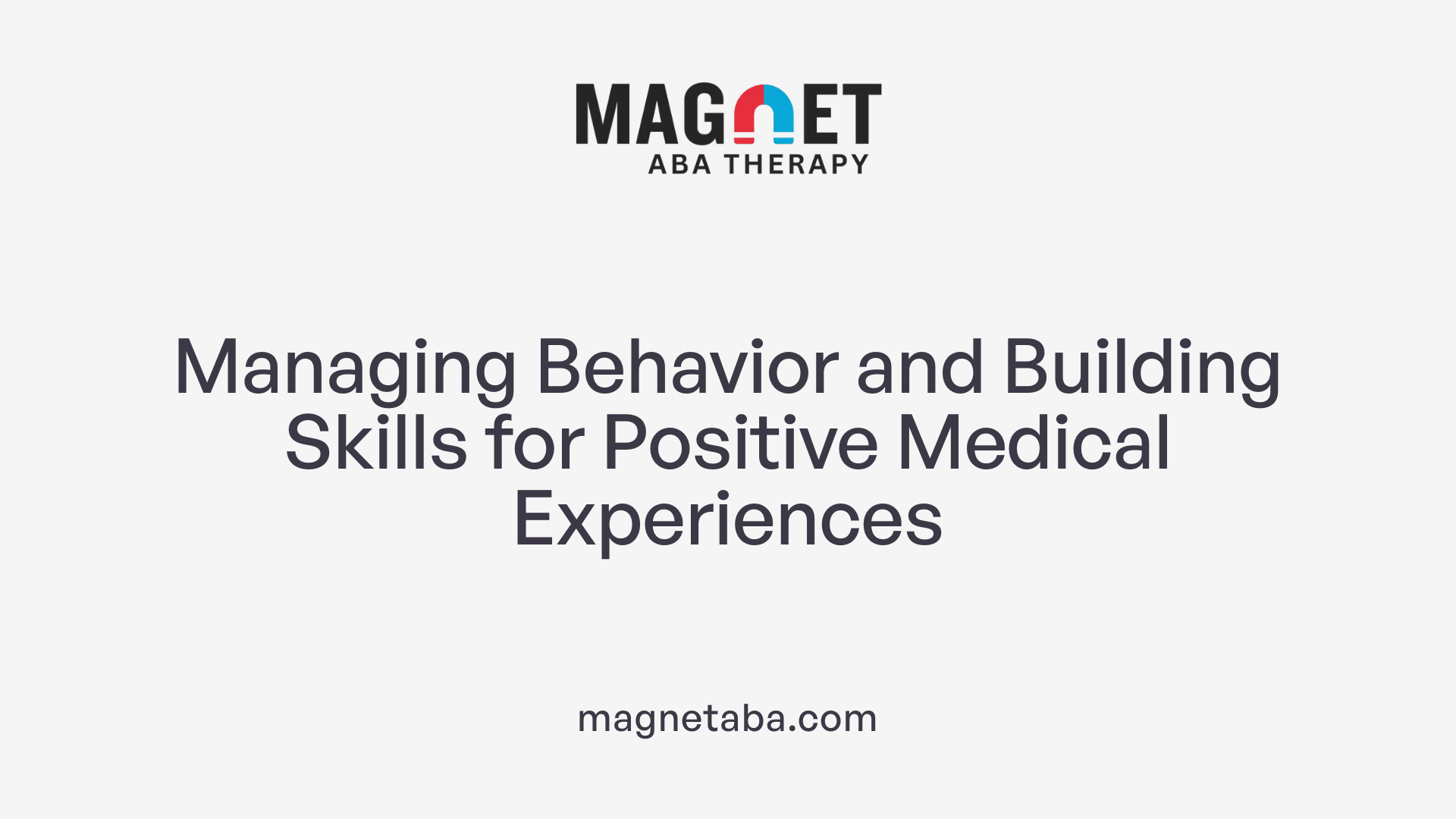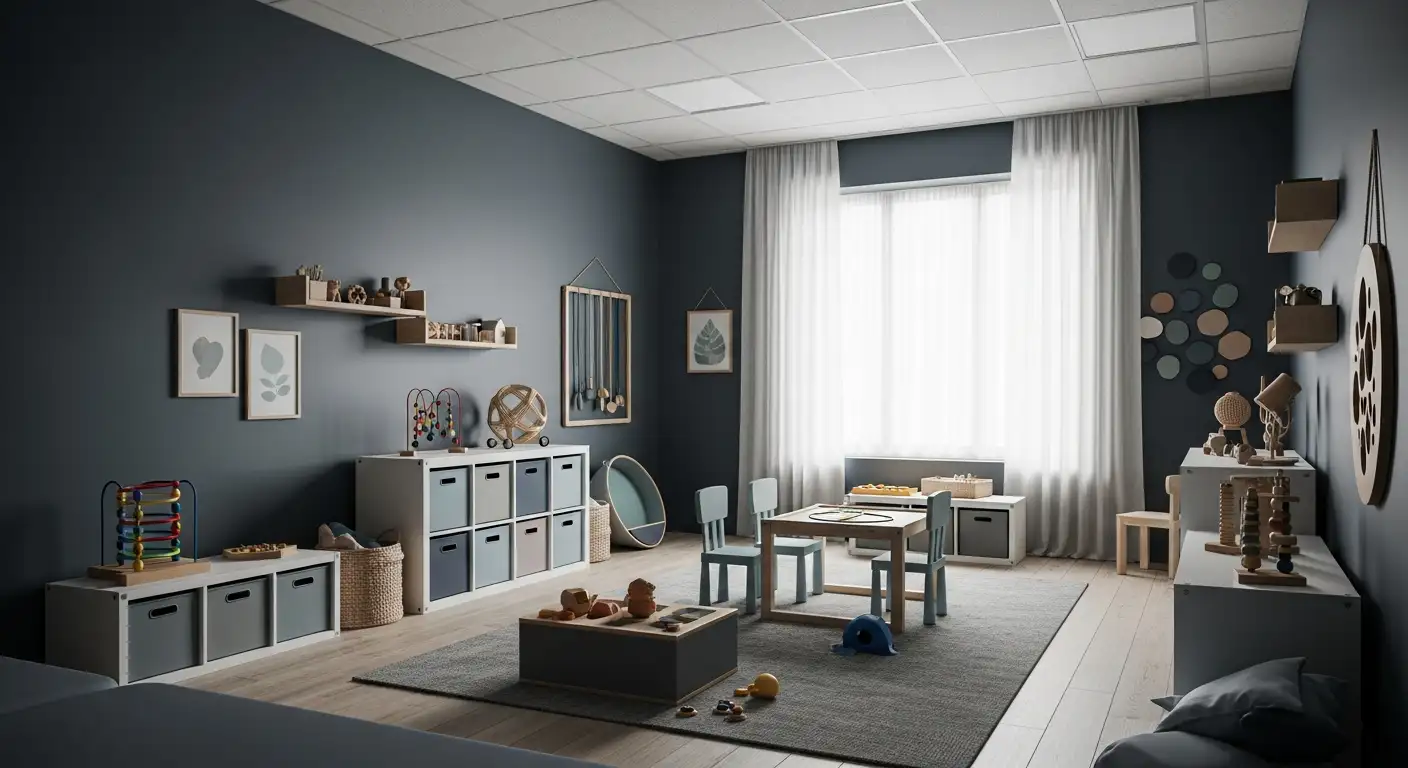A Guide to Using ABA for Better Healthcare Experiences
Preparing children with autism for medical appointments can be a complex challenge, but Applied Behavior Analysis (ABA) offers effective strategies to reduce anxiety, improve cooperation, and foster independence. By breaking down procedures into manageable steps, using visual supports, and rewarding positive behaviors, caregivers and professionals can create a more predictable and less stressful environment. This article explores how ABA techniques can be applied to prepare children for healthcare settings, ensuring safe and successful medical visits.
Understanding How ABA Supports Medical Appointment Preparation

How can ABA be used to prepare children for medical appointments?
ABA, or Applied Behavior Analysis, offers practical strategies to help children with autism feel more comfortable and confident during medical visits. One of the primary methods involves teaching specific skills like understanding what will happen, sitting still, and following instructions.
Visual supports such as social stories and visual schedules are essential tools in this process. These visual aids depict each step of the appointment, from arriving at the clinic to leaving, providing predictability and reducing anxiety. Role-playing using toy kits or simulated procedures helps children become familiar with medical routines, making real visits less intimidating.
Reinforcement plays a vital role. Children are rewarded with their preferred items or activities when they demonstrate calm behavior or successfully complete steps, encouraging continued cooperation. Gradual exposure to the clinic environment through practice at home or in familiar settings supports skill development.
Sensory tools like noise-canceling headphones or favorite toys can help manage sensory sensitivities during appointments. Consistent, individualized planning and practicing specific routines ensure that children develop the independence to handle medical visits with less stress and more resilience.
Key Strategies and Techniques in ABA for Medical Visits

What are some strategies and techniques in ABA for preparing children for medical visits?
Applying ABA techniques helps children with autism feel more comfortable and confident during medical appointments. One of the most effective methods is using visual supports, such as visual schedules and social stories. These tools depict each step of the visit, from entering the clinic to leaving, giving children a clear picture of what to expect and reducing fears about the unknown.
Social stories written from the child's perspective, incorporating their name and specific procedures, can further help prepare them mentally. Visual task analyses break down complex routines, like medical examinations, into manageable parts, making the process less overwhelming.
Gradual exposure through role-playing or modeling familiarizes children with medical tools and settings before the actual visit. Playing with pretend medical kits or watching videos of visits can normalize the experience.
Positive reinforcement is a cornerstone of ABA. Offering rewards such as stickers, preferred toys, or treats before, during, and after the appointment encourages cooperation and builds positive associations.
Distraction tools like tablets loaded with favorite shows, sensory toys, or comfort items can help keep children calm and engaged, especially during waits or procedures.
Planning ahead with an exit strategy, such as knowing when they can leave or take a break, prevents frustration and helps manage behavior.
Finally, adjusting the environment for sensory sensitivities — like dimming lights, using noise-canceling headphones, or bringing favorite comfort objects — ensures the child's sensory needs are met, leading to a more successful visit.
Overall, these strategies emphasize preparation, support, and reinforcement, leveraging ABA principles to ease medical visits for children with autism.
Behavior Management and Skill Building during Medical Appointments

How does ABA help manage behaviors and build skills during medical visits?
Applied Behavior Analysis (ABA) provides practical tools to improve children’s experiences during medical appointments. It teaches children important coping skills, such as staying calm, following directions, and communicating their needs effectively. ABA uses positive reinforcement—offering rewards or preferred activities—to encourage cooperation and good behavior.
By breaking down complex routines into small, manageable steps, ABA helps children learn what to expect and how to act. Professionals analyze what triggers challenging behaviors, such as fear or sensory overload, and modify the environment or routines to reduce stress. For instance, creating visual schedules or social stories can help children understand the sequence of the visit, decreasing anxiety.
ABA also includes strategies for managing difficult behaviors. When children become upset or non-compliant, caregivers and healthcare staff can calmly implement de-escalation techniques, use distraction methods, or offer calming items like headphones or toys. If needed, crisis management plans ensure safety and comfort.
Collaborating with healthcare teams ensures that ABA-based strategies fit each child's needs. Customized care plans may involve environmental changes, such as adjusting lighting or noise levels, and social supports, like having familiar staff or specific reinforcers. This combined approach helps children have safer, more positive medical experiences, reducing fears and promoting independence.
Using Visual Supports, Social Stories, and Role-Playing in Healthcare Preparation
Preparing children for medical appointments can be challenging, especially for those with autism or other developmental differences. To ease anxiety and promote cooperation, professionals and parents often use visual supports, social stories, and role-playing.
Visual supports, such as picture schedules or step-by-step checklists, illustrate each stage of the procedure. For example, a visual schedule might show images of arriving at the clinic, checking in, waiting, and seeing the doctor. These visual cues help children understand what to expect, making the process less confusing and more predictable.
Social stories are personalized narratives that describe what will happen during the appointment from the child's perspective. They include simple language, pictures, and familiar characters, which help the child understand and prepare for the visit. For instance, a social story might explain that the doctor will listen to their heartbeat and that they can sit calmly or hold a favorite toy.
Role-playing activities allow children to practice behaviors needed during healthcare visits. Using toy kits or simulated scenarios, children can practice opening their mouths, sitting in a chair, or wearing goggles. This hands-on approach increases confidence and reduces fear, as children become familiar with the routines and expectations.
These tools work together to foster understanding and independence. Children who know what to expect tend to feel more comfortable, behave better, and can even initiate actions like following instructions. This process not only minimizes stress during visits but also encourages children to develop self-regulation skills.
In summary, visual supports, social stories, and role-playing are proven techniques that help children navigate healthcare environments successfully. They transform potentially overwhelming experiences into manageable, familiar routines that build trust and promote positive health behaviors.
Benefits of ABA in Improving Medical Visit Outcomes
What are the benefits of ABA in reducing anxiety and behavioral challenges during medical appointments?
Applied Behavior Analysis (ABA) plays a vital role in helping children with autism manage the often-stressful environment of medical visits. By analyzing and understanding a child's specific triggers, ABA specialists develop tailored strategies to address behavioral challenges.
Using techniques like gradual desensitization, positive reinforcement, and calming routines, ABA teaches children coping mechanisms that can be utilized during medical procedures. For instance, children may learn to tolerate the sounds, sights, and sensations commonly experienced during doctor visits.
Incorporating rewards such as preferred activities or small treats encourages children to stay calm and cooperative. This structured approach makes medical environments less intimidating, reducing fear and resistance.
Furthermore, ABA improves communication abilities, empowering children to express their discomfort, needs, or concerns more effectively. When children can communicate better, it alleviates confusion and frustration, which often exacerbate anxiety.
Overall, ABA’s evidence-based practices foster calmness and cooperation in children, leading to smoother and more positive medical interactions. These improvements not only benefit immediate medical routines but also contribute to long-term reductions in health-related anxiety and behavioral difficulties.
Empowering Children and Families with ABA
Utilizing ABA strategies tailored to each child's needs can transform the medical experience from a source of stress into an opportunity for growth and comfort. Through visual supports, social stories, role-play, and positive reinforcement, children learn to navigate healthcare environments confidently and independently. Parents and caregivers, in collaboration with healthcare professionals, can implement these techniques to foster a sense of safety and cooperation. As research continues to support the effectiveness of ABA, more children will benefit from reduced anxiety, improved behaviors, and enhanced ability to advocate for themselves during medical appointments, paving the way for healthier, more positive outcomes.
References
- Applied Behavior Analysis (ABA) for Children With Autism
- Planning a Successful Medical Visit: Tips for Parents of Children ...
- Preparing an Autistic Child for Dentist Appointments - May Institute
- The 5-Minute Guide On How To Make An Autism-Friendly Child ...
- Autism Daily Routine Visual Schedule | ABA Back-to-School Support
- Preparing Kids for Medical Appointments - TEIS Early Intervention
- Autism Care Demonstration - TRICARE
- The Top 10 Reasons Children With Autism Deserve ABA - PMC
- 7 Real ABA Therapy Examples & Their Benefits












